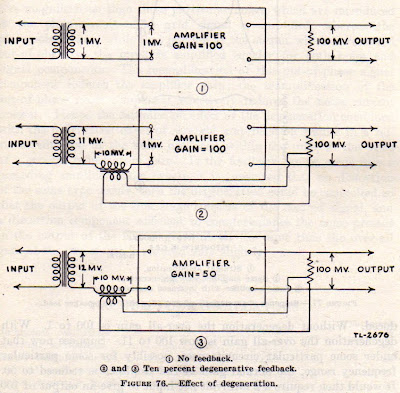 Here is a screen-shot taken in New Zealand back in 2006 (ah, the good old days, back when we still had a few sunspots). Colin, G6AVK, describes what you are seeing:
Here is a screen-shot taken in New Zealand back in 2006 (ah, the good old days, back when we still had a few sunspots). Colin, G6AVK, describes what you are seeing:Hi Knights,
Whilst looking through some 30m captures this evening I thought it good to
share this with you, the Capture was from Mike ZL4OL back in early 2006.
Stations in this Capture listed from Top to bottom:
(675) G6AVK JO01HO sawtooth, 10mW into the Longwire.
(660) I0SKK JN61GV 25-30 mW max. Vertical R7 30 m high (on the top of the
roof)
(635) G0UPL 360mW. Antenna: full size half-wave dipole (14.2m) in the Attic.
(620) IW0HK JN61FV, 20mW's, Antenna used was a "Fishing Rod" vertical, 7.5
meter high.
I am looking forward to when Condx will be like this again.
73 Colin
G6AVK - JO01ho



























